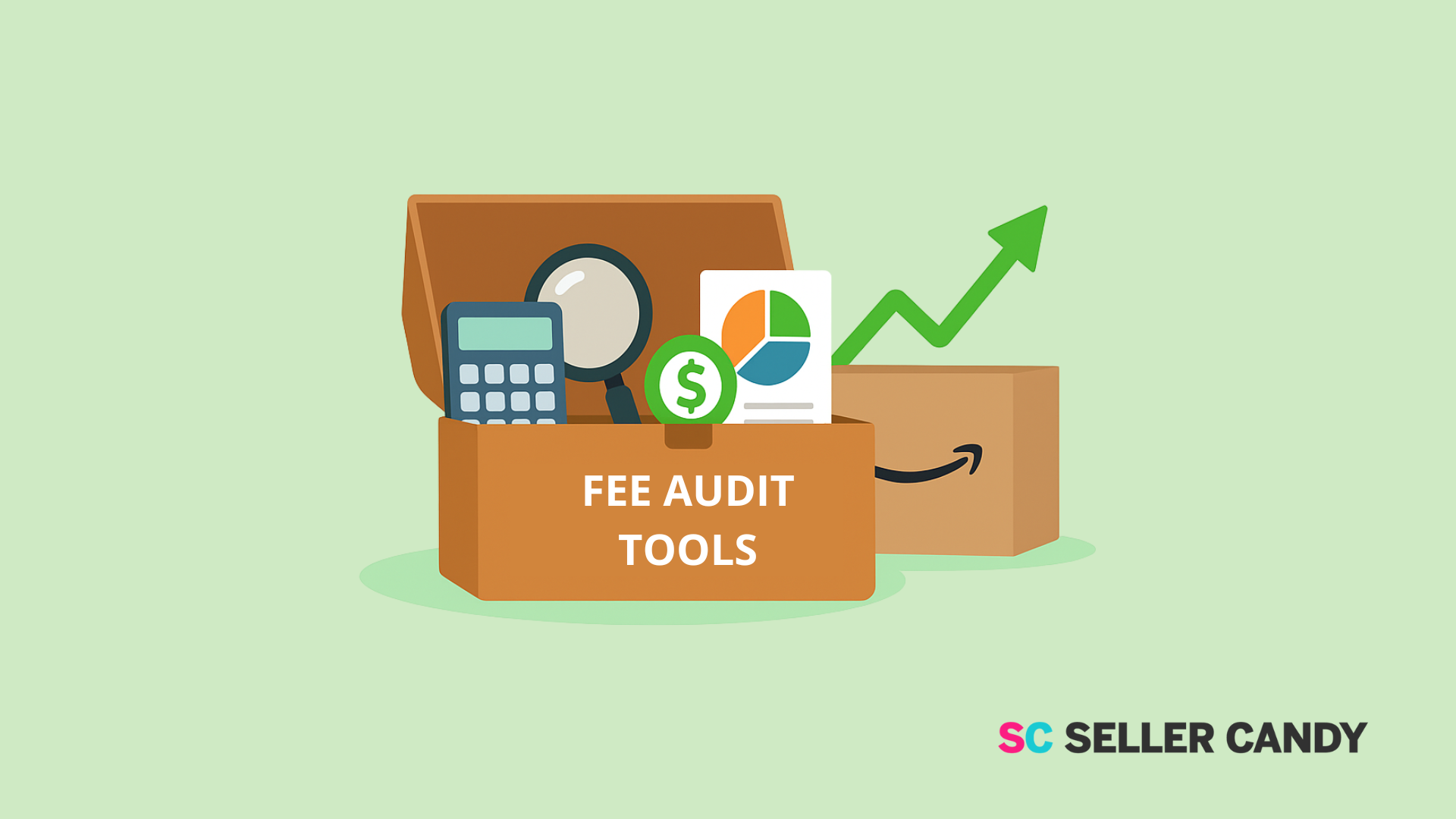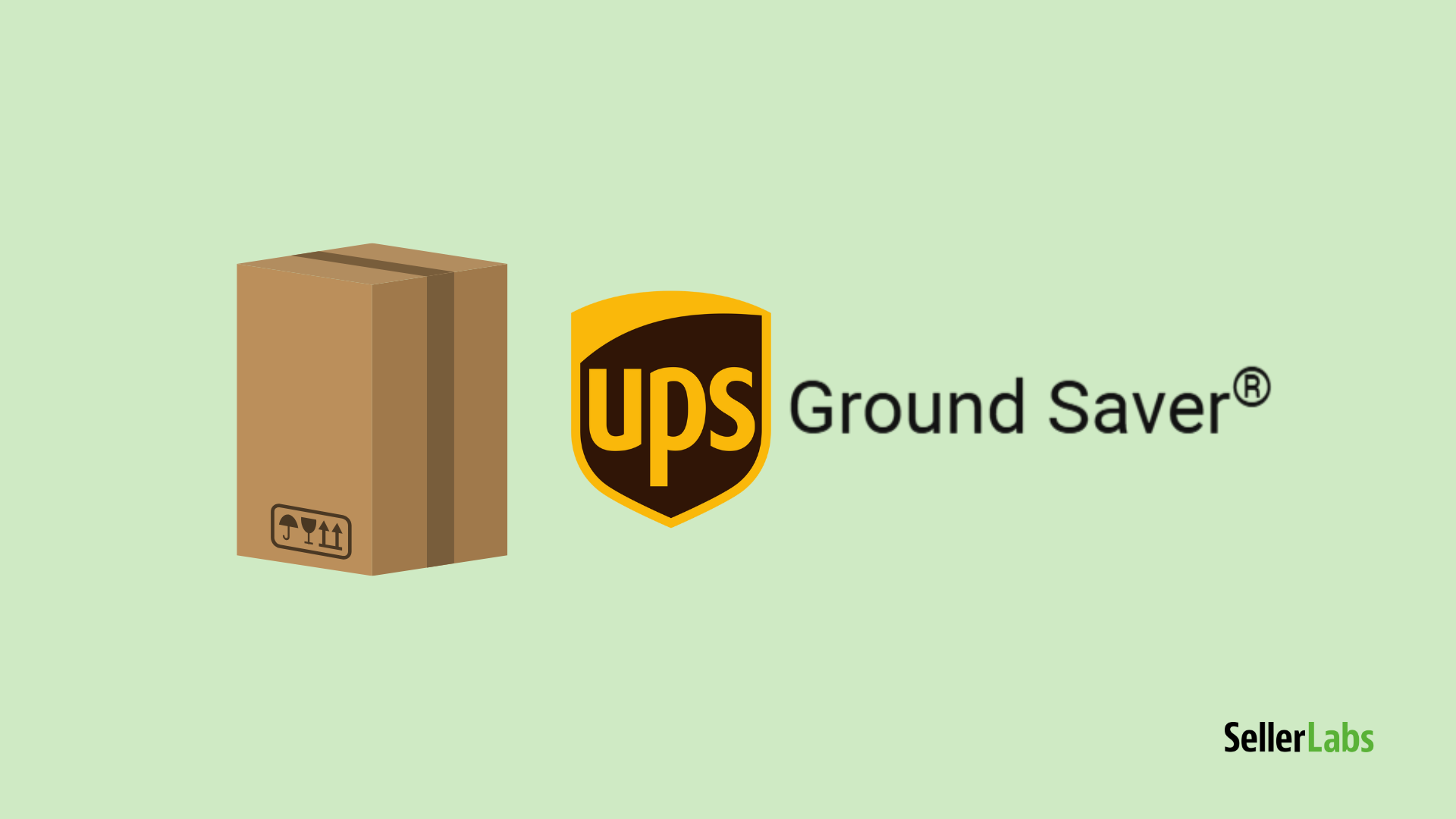Since online brands are struggling with the current economic headwinds, the question naturally arises: Is selling on Amazon still worth it? The short answer is yes. Despite the inflation-related challenges online sellers have encountered throughout the past years, eCommerce sales on the Amazon marketplace have grown by 13% year-over-year, reaching $315.88 billion in 2022.
This shows that despite the shift in customer spending habits and supply chain uncertainty, Amazon keeps developing new targeting opportunities for brands and retailers. However, staying at the forefront of the ever-emerging Amazon trends can be challenging, especially if you run your business unassisted.
We are here to navigate you through the recent marketplace updates, programs, and top eCommerce industry trends to help you embrace those changes hassle-free, ultimately improving your business operations. In this article, the Seller Labs Services team shares a few Amazon predictions and expert tips to help sellers grow their businesses and stay ahead of the curve.
A Common Thread: Customers Strive for Convenient Online Shopping
There’s one throughline in all the trends we list here: customers anticipate flexibility and convenience at each step: from browsing and purchasing to shipping and customer service. When it comes to Amazon, 66% of online consumers list convenience as a major reason for shopping there. The ease of Amazon search, rapid shipping options through Prime, and customer-friendly return policy gives shoppers peace of mind while buying from unknown brands on the marketplace. However, over the past years, this has proven insufficient.
Wherever and however customers buy online, they always anticipate personalized shopping experiences. To meet elevated customer expectations, eCommerce brands should adapt to the new normal, introducing new technologies and implementing proper marketing strategies. And Amazon sellers are no exception.
Solution: Combine online video, audio, and display ads in the Amazon advertising strategy to stay top-of-mind with consumers. Along with the “always-on” approach that helps eCommerce businesses reach their targeted audiences, Amazon business owners can implement new technological innovations, such as voice search (Customers Ask Alexa) and streaming services (Amazon Live), allowing sellers to differentiate their brand through personalization.
Important note: To date, “Customers ask Alexa” is available to a select group of brands as an invite-only program. However, Amazon plans to make it available to all eligible U.S.-based brands in 2023.
Trend #1: Mobile Shopping Is On the Rise
Today, consumers use smartphones to watch video content, connect with communities, browse new products, and buy online. According to Outerbox Design, 79% of online shoppers have made a purchase using their mobile devices in the last six months.
Those Amazon brands that take this trend and run with it can reach their customers on the right devices at the right time. They create a seamless shopping experience in the palm of their customers’ hands, improving customer loyalty and boosting conversion rates, which gives them a substantial competitive advantage.
Solution: Adapt your Amazon listings for mobile view. Optimizing product listings for mobile devices helps brands get ahead of the game. For this reason, Amazon offers sellers a mobile-first Store Builder tool.
Pro Tip: The small screen size that allows viewing only one product per line leaves fewer chances for shoppers to reach your product, especially if it appears lower down the search results page. In addition to Amazon’s search engine optimization, ensure your image and product title are good enough to answer your customer’s exact problem. Using Amazon A+ Content to create and tell your brand’s story appealingly will also increase your chances of grasping buyers’ attention.
Trend #2: Cross-Channel Marketing Drives More Sales
With the accelerating adoption of mobile devices and the growing popularity of social commerce, customer journeys are becoming increasingly fragmented. As new channels pop up, Amazon sellers can take advantage of their multichannel presence to increase brand visibility and drive additional traffic to their product listings.
Registered brands can enroll in the Amazon Attribution Program and gain powerful insights into non-Amazon marketing campaigns. This tool provides analytics on how non-Amazon marketing channels like social media, Google ads, and email marketing impact sales on Amazon. It can also track traffic sent to a different website that ultimately converts to the marketplace.

Amazon actually rewards off-site traffic through the Brand Referral Bonus program, but only brand-registered products are eligible. After registering for the program, a seller should create tags for the promoted products using Amazon Attribution. All traffic must have an Amazon Attribution tag to qualify for the bonus. This is a no-brainer for brands already driving traffic from their social to Amazon, so why not make extra money on the process you’re already using? For brands with excess inventory at Amazon or who need to increase restock limits, this can also be a great option to increase sales volume on Amazon if they already have the off-site traffic to redirect.
1. Social Media Marketing
Strong social media presence and interactive customer experience are becoming crucial for driving sales in a highly competitive Amazon space. With so many products to choose from and reduced purchasing power, customers have become quite picky while purchasing on Amazon.
Influencer Marketing
One of the ways to solidify brand awareness is partnering with social media influencers via the Amazon Influencer Program. Under this program, influencers create their own Amazon storefronts to post the products they wish to recommend to their followers.
As a result, when products appear on a popular influencer’s page, they receive considerable exposure from those consumers who are likely to take an interest in them. Products are shown at no cost to sellers, allowing Amazon brands to find a larger market for no additional outlay.
You can also engage influencers off Amazon and drive external traffic to your Amazon brand independently. Since working with mega influencers can be a costly solution, we suggest shifting the focus to nano influencers. Hiring an influencer with a smaller number of followers – and therefore stronger connections with their audience – is viewed as a marketer’s secret weapon. Most potential customers willingly draw on their friend’s product recommendations while forming their own opinion on the brand. Thus, the established trust towards the influencer will have a halo effect on your product.

For brands advertising on Amazon, Amazon Ads is currently hosting a paid opportunity Beta connecting Brand with influencers!
Facebook Ads
Facebook offers you several advertising options, such as awareness ads, engagement ads, and targeting via demographics, depending on how “purchase-ready ” your customer is. By utilizing Facebook ads thoughtfully, merchants can widen their sales funnel, expand the customer base, and improve engagement with the audience, ultimately turning cold traffic into buyers.
Pro Tip: Direct traffic from Facebook Ads to a landing page before pushing them to your Amazon listing to collect customer contact information. Once you have their email, you can add them to a follow-up email sequence to nurture the relationship that eventually leads to the sale.
You can easily add Facebook advertising to your existing Amazon Advertising efforts with our Seller Labs Services team.

Our team will not only provide excellent service for our clients, they will start before you even sign up. We will evaluate your online presence and content to determine your best solution.
Get high-level assistance with:
- Facebook Advertising Console Management
- Conversion Tracking with Amazon Attribution (Optional)
- Campaign Strategy Development
- Campaign Creation
- Audience Research and Creation
- Bi-Weekly Performance Report
Improve Your Brand’s Visibility with Facebook Advertising
TikTok Ads
As per Insider Intelligence, TikTok was the most popular social commerce platform that customers bought from in 2022. Even if you do not use it as a sales channel, you can still take advantage of the Ad formats to display your products and stand out from the competition on the Amazon marketplace.
Pro Tip: Amazon has closed beta-testing of a TikTok-like social feature that would show purchasers shareable photos and video feeds of products. Dubbed “Inspire”, the new tool is expected to integrate with the existing Amazon Posts program and will be available to shoppers in-app only.
2. Google Ads
Google Ads shares much in common with Amazon’s Sponsored Products Ads regarding the use of keywords and the method of bidding on ad placements through an auction-based PPC bidding system. However, unlike Sponsored Products Ads, Google Ads, only display within Google search results specifically above the organic search results.
By advertising through Google Ads, you’ll be able to introduce your brand to a broader range of consumers who are searching for products on Google and lead them to Amazon’s marketplace directly. The main advantages of being on both Google and Amazon platforms are the increased awareness brought to your brand, and a higher probability buyers will remember your brand in the future.

It’s critical to ensure that you’re appearing in the right results on the most monumental search engine on the web, and Seller Labs Services can get you there. Our in-depth research and analysis will ensure that you’re appearing not only often, but appearing profitably.
Solution: Multichannel advertising gives merchants more opportunities to solidify brand awareness on and off Amazon, ultimately driving sales to Amazon listings. So keep going with your PPC campaigns and nail the balance between foundational Amazon advertising and additional marketing opportunities offered by Google and social media platforms.
Trend #3: Streamlined Inventory Management Is Key
Well-oiled fulfillment processes cultivate a strong competitive advantage in the Amazon marketplace. With an optimized inventory management system, merchants regain control of their stock levels, improving their inventory forecasting, reducing storage costs, and ensuring rapid delivery times for their customers. That said, no seller should underestimate the importance of strategic inventory planning.
It is also worth mentioning that starting March 1, 2023, the new Capacity Limits system replaced Storage limits and Restock limits. Under this update, Amazon will now assess and announce the estimated inventory limit on the third Monday of each month via the Capacity Monitor in Seller Central and an email notification. In addition to a capacity limit for the upcoming month, Amazon will provide estimated limits for the following two months to help merchants plan their inventory levels.
Below are the main benefits the new Capacity Limits promise FBA sellers:
- more generous capacity volumes
- streamlined their inventory management
- an opportunity to plan inventory three months in advance
- greater clarity on how much space products take in fulfillment centers and trucks with the new measurement in cubic feet
With the encouraging numbers sellers see on the Capacity manager page, they are sure there will be no more limit concerns, provided Amazon remains consistent.
Solution: Amazon sellers utilizing fulfillment by Amazon (FBA) can join Amazon Warehousing & Distribution (AWD) to streamline their upstream inventory. This newly-launched program offers automatic inventory replenishment to the Amazon fulfillment centers, plus the ability to consolidate inventory management under the Amazon umbrella, from product sourcing and storage to distribution and shipments. However, the AWD is currently in closed Beta testing, so sellers will need to join the waitlist to participate.
Summing Up
Amazon constantly evolves, introducing updates and unveiling new programs to adhere to the shoppers’ and sellers’ interests. Under these circumstances, the ability to timely spot emerging trends and pivot your business accordingly is essential for winning more sales and standing ahead of the pack. We are here to help sellers adjust to these changes hassle-free, taking off your plate the minutiae of the overall Amazon online store management, including but not limited to:
- product listing optimization
- control over the PPC campaigns
- Facebook and Google ads
- A+Content creation
- full marketplace account management on Amazon
Keep your Amazon business running smoothly, generate new product ideas, and implement your business initiatives.
We’ll do all the heavy lifting.





